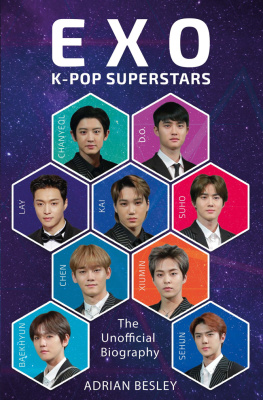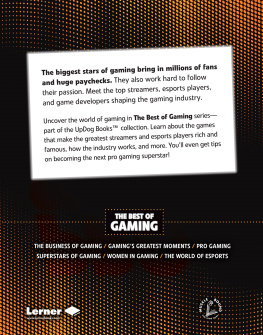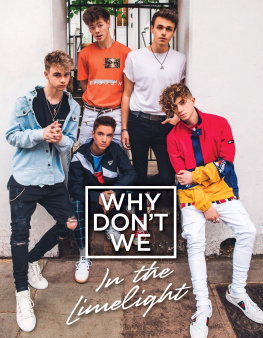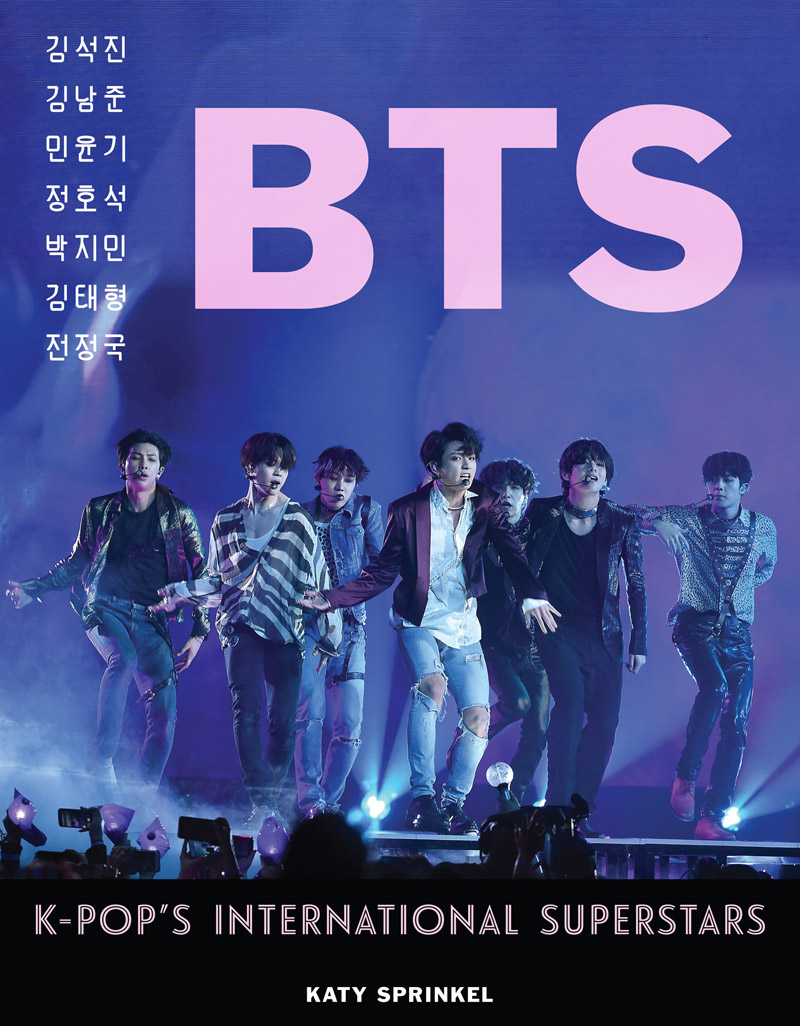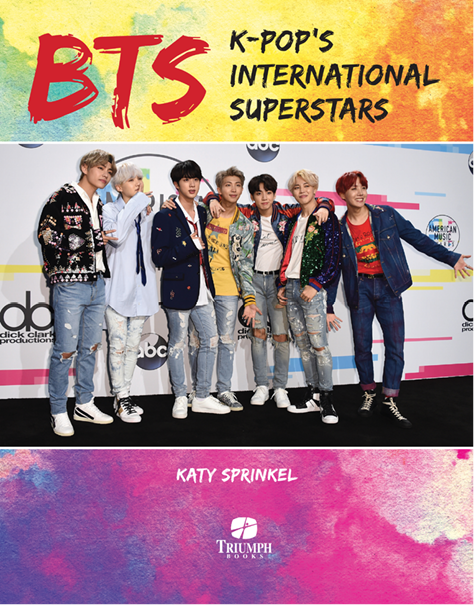
Contents
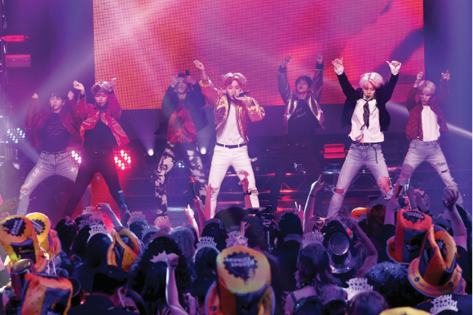
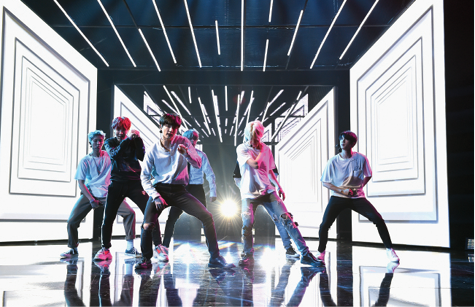
1. The Birth of Cool
BT Who?
You might not have heard of themyetbut Billboard has. BTS has had two songs chart on the Billboard Hot 100 singles list, are the highest-charting Asian artist ever on the Billboard 200 albums chart, and ruled Billboards Social 50 chart for all but seven weeks in 2017and all of 2018...so far. Theyve also already graced Billboard magazines cover (actually, seven of themone cover for each of BTSs seven members). In June 2018, they became the first ever group who doesnt record primarily in English to hit No. 1 on the Artists 100 as the top-selling artist in the U.S. Whats more, they have a devoted legion of fans who earned them the Top Social Artist award at the Billboard Music Awards in 2017 and 2018, besting the likes of Justin Bieber, Ariana Grande, Selena Gomez, and Shawn Mendes.
And while Billboard statistics are all fine and good, they dont tell anywhere near the full story of BTS. Already breaking the mold in the hugely successful genre of K-pop, BTS is a crossover success in the States. Why? Their unique brand of socially conscious pop/hip-hop music, slick choreography, and unprecedented fan engagement has set them apart from the rest of their contemporaries. Their self-dubbed ARMY of fans is a force to be reckoned with.
Formed in 2013, BTS (aka the Bangtan Boys, Bangtan Sonyeondan, the Bullet-proof Boy Scouts, and the more recent moniker Beyond the Scene) is a seven-man band consisting of rappers RM, Suga, and J-Hope and vocalists Jin, V, Jimin, and Jungkook. Together, the multitalented Bangtan Boys have seamlessly blended their talents to create a unique K-pop group. Focusing on issues beyond the typical dance-pop offerings, BTS struck a chord with fans.
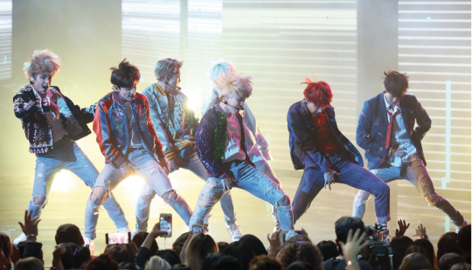
Lets get one thing straight first: BTS is no fly-by-night operation. They are nothing less than international superstars. Since making their debut in 2013 theyve been absolutely killing it in their native South Koreatheyre the best-selling musical group in the country and have won Koreas top artist prize for the last two years running. (Theyve also hit No. 1 in 72 other countries, thank you very much.)
Theyre the face of several brands, including Puma, Gonsen (cosmetics), and LG Electronics. Theyre also representing another well-known brandCoca-Cola, anyone?at the 2018 World Cup, perhaps the worlds biggest advertising stage. With Love Yourself: Tear reaching even greater heights, BTS is poised to take America by storm.
But first, a little history. To the outside observer, K-pop looks like a sugarcoated confection, a frenetic collection of beats, catchy hooks, super-sharp dancing, and kaleidoscopic visuals performed by impossibly attractive singers and entertainers. But to dismiss it as a cotton-candy version of pop music would be way off the mark. Not only is K-pop wide-ranging in its musical styles and onstage product, its serious business. Big business.
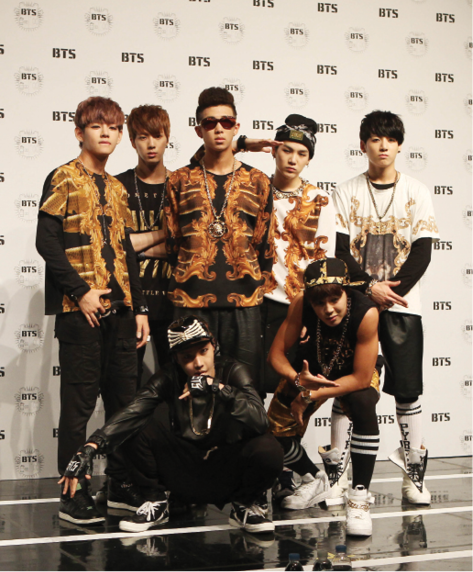
In fact, it is nearly impossible to overestimate the power of K-pop. The multibillion-dollar industry (thats right, billion with a B) is one of South Koreas biggest exports, and a huge contributor to the countrys bottom line. Those eye-popping numbers are pretty impressive for a country with a population of only 51 million. (Compare that to the U.S.s 326 million.) In fact, South Korea is the worlds eighth-largest market for recorded music by revenue, according to the International Federation of the Phonographic Industry, Bloomberg reports. Whats more, thats bigger than India (whose own entertainment industry is well-known worldwide) and even China. (And for those of you doing the math, India and China are the two most populous countries in the world, with more than 1.3 billion citizens apiece.)
So how did Korean culture become so pervasive? Lets rewind to the mid-20 th century. In the aftermath of the Korean War, the countrys ruler, dictator Park Chung-hee, enforced strict cultural conservatism. (This included such standards as enforcing short haircuts on men and modest hemlines on womens clothing.) Additionally, the government controlled the media, so all radio and television programming was under its purview. The end result in music was an especially bland mixture of inoffensive, by-the-numbers pop music alongside traditional Korean music, known as trot (short for foxtrot).
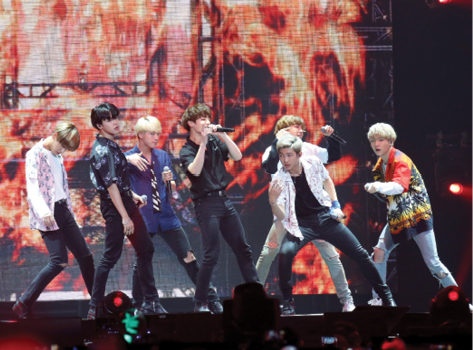
When South Korea became a democracy in 1987, things started to relax a little bit. One of the most popular television formats in South Korea at that time (and today), is the musical competition show. Forebears to Western programs such as American Idol and The X Factor, Koreas weekly music showssuch as Inkigayo and Music Bankwere nothing less than appointment television. (And in a country where 99 percent of homes had a TV, thats saying something.) Audiences were (and remain) hugely invested in the outcomes.
Enter Seo Taiji and the Boys. On April 11, 1992, the trio performed on the MBC networks weekly talent show. Their song, Nan Arayo (I Know) contained lots of elements that would have been familiar to Americans at that time but were wholly unfamiliar to local audiences. It was seemingly influenced by the new jack swing style popularized by groups Bell Biv DeVoe and Bobby Brown, among others, in the early 1990s. The unusual performance rocked the panelbut not in a good way. Seo Taiji and the Boys received the lowest possible rating from the judges. The band didnt win the competition, or even the day, but they did something far more lasting. They lit the spark that ignited the K-pop explosion. Their performance had a ripple effect on musicians who began to expand their sound beyond the predictable, staid formula popular in South Korea at the time. Unequivocally, this 1992 performance is considered to be the official beginning of K-pop as we know it today.
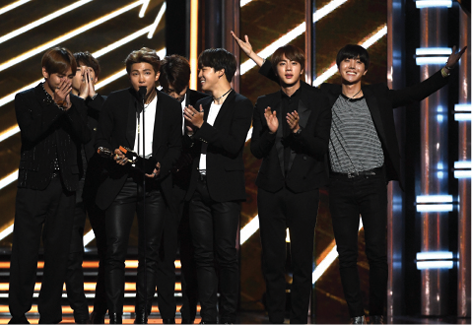
When the Asian financial crisis swept across the continent in 1997, South Korea appeared to be on the brink of bankruptcy. Then-president Kim Dae-jung made a bold move, investing heavily in South Koreas entertainment industry as a means of saving the country from collapse. The gambit worked.
Korean music became popular in China as soon as it hit the airwaves there. And when Korean shows landed on Japanese television screens, viewers couldnt get enough. International audiences obsession with Korean entertainers had an enormous ripple effect, and the craze for all things Korean became all-encompassing.
They call it hallyuthe Korean waveand it describes the influence of Korean culture on consumers. It encompasses not just music but television and movies, business, fashion, beauty, and even cuisine. (It sounds outlandish, but its not inaccurate to say that the international rise in popularity of K-pop and Korean television (K-drama) has created opportunities for people around the world to buy Samsung phones and get kimchi at their local grocery stores.) The term was initially coined by Chinese journalists looking to describe the immense effect Korean culture was having on Chinese pop culture. The word was subsequently adopted by the South Korean government as a badge of honor and a tool for promoting both industry and tourism.









